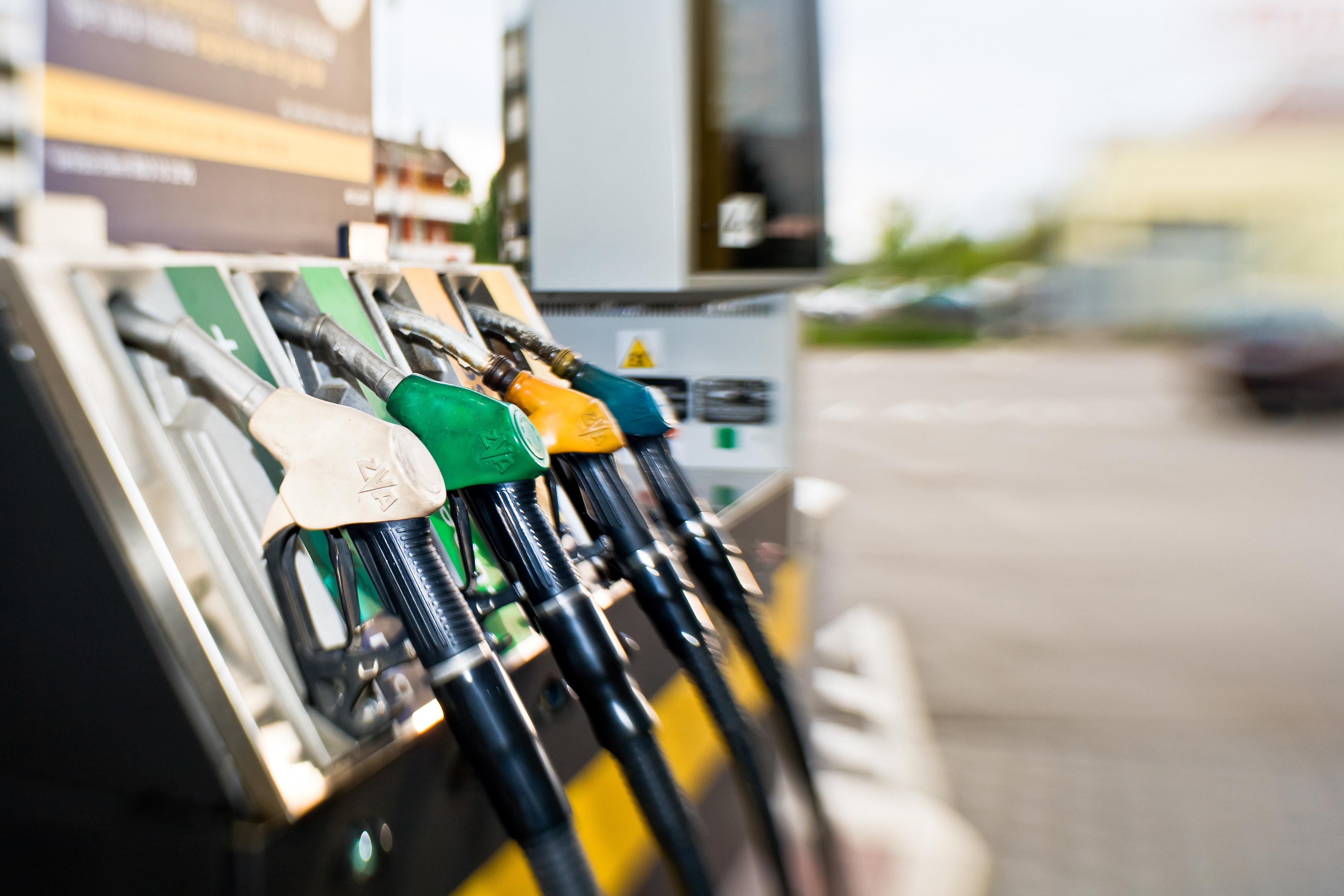How the Puma Energy Acquisition Fits Chevron’s Strategy
Chevron agreed to acquire Puma Energy Australia Holdings for 425 million Australian dollars. Chevron expects to close the acquisition in mid-2020.
Dec. 19 2019, Published 10:18 a.m. ET

Chevron (CVX), an integrated oil and gas company, has agreed to acquire Puma Energy Australia Holdings Pty Ltd. Chevron would acquire Puma for 425 million Australian dollars. The company expects to close the acquisition in mid-2020.
Chevron to acquire Puma Energy
The acquisition of Puma is expected to strengthen Chevron’s retail operations in the country. Puma holds company-owned and retailer-owned service stations, owned and leased import terminals, fuel distribution depots, and commercial and industrial fuel businesses.
In its December 18 press release, Mark Nelson, Chevron’s executive VP for Downstream & Chemicals, said, “The acquisition will provide Chevron with a stable market for production volumes from our refining joint ventures in Asia and create a foundation for sustainable earnings growth.”
Nelson added, “It will build on Chevron’s strong history of partnership in Australia and our global experience in fuels and convenience marketing and supply.”
What the Puma acquisition indicates
Australia has been an important market for Chevron. The company is known for mega investments such as Gorgon and Wheatstone in the country. However, Chevron had cut its refining positions in the country in 2015. At that time, it sold its 50% stake in refiner Caltex Australia Ltd for about 4.7 billion Australian dollars. The deal was marked as the one of the largest block deals in Asia in that year. In addition to Chevron, Royal Dutch Shell and BP also cut their positions in the downstream segment in Australia during that time.
So, the acquisition of Chevron points to the company’s renewed focus on downstream assets in the country. This could be part of the company’s strategic plan. Chevron is in the process of high grading its portfolio across the globe. The company plans to have only the most competitive assets in the upstream and downstream segments. Plus, it intends to optimize its supply chain.
How the Puma acquisition fits Chevron’s strategy
In our view, the Puma Energy acquisition fits Chevron’s strategy by helping it strengthen its distribution channels. Near Australia, the company has integrated its fuel refining and marketing network, petrochemical sites, and lubricants and additives sites.
According to the company, it has long-standing partnerships and “world-class manufacturing” facilities in the Asia-Pacific region. Further, the company plans to upgrade its capacity and strengthen its marketing positions.
So, the Puma acquisition should help the company strengthen its marketing position. Chevron’s refined products in Asia would find a ready market for these retail assets. Also, an available outlet for refined products means the company can use its downstream assets to take advantage of varying refining environments in the Asia-Pacific region.
The ability to optimize downstream operations assumes renewed importance in the environment of IMO 2020. The refining industry landscape is changing, as shippers are required to use low-sulfur fuel in January 2020. Refiners around the globe are scrambling to meet this new demand. This could also create varying downstream conditions around the world, which could serve as an opportunity for companies like Chevron with a reliable supply chain.
Overall
Chevron’s acquisition announcement follows the announcement of its estimated capital expenditure in 2020. Chevron announced a flat capital program for the next year. Also, it announced about $10 billion–$11 billion of impairment related mainly to gas assets. The company also said it is preparing for a low energy price environment. To learn more, please read Can Chevron Churn Profits across the Oil Price Cycle?
So, the Puma acquisition shows that although Chevron is preparing for a low oil price environment, it aims to maximize its returns. Despite impairments and divestments, it wants to strengthen its integrated business model and grow along the value chain. In our view, the acquisition of Puma Energy is a step in that direction.
